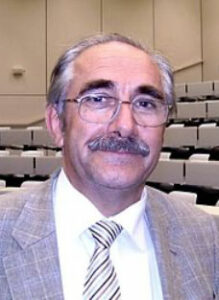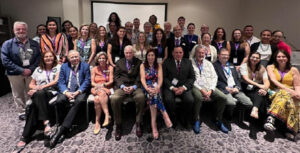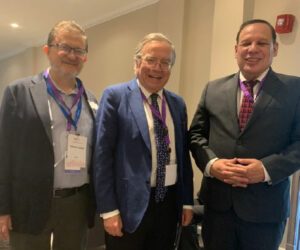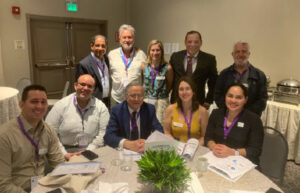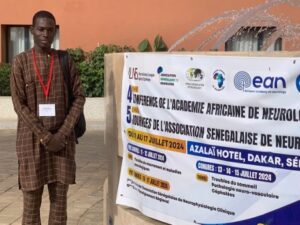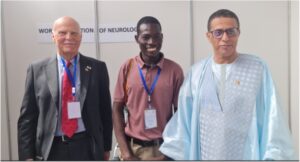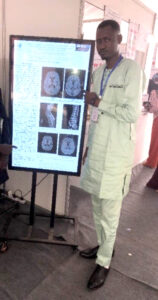The Padma Shri Award is one of the highest civilian honors in India.
By Dr. Gagandeep Singh
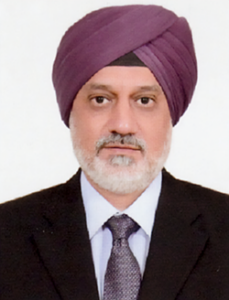
Gagandeep Singh
India’s Padma Awards recognize public service and significant achievements across a variety of disciplines such as art, engineering, medicine, social work, literature, education, and sports. They are announced annually on the eve of India’s Republic Day and conferred by the president at a ceremony in New Delhi.
This year, Dr. Chandrashekhar Meshram was presented with the Padma Shri Award. Dr. Meshram is a trustee of the World Federation of Neurology (WFN). He is a multifaceted personality who has excelled in clinical neurology, academic leadership, research, teaching, public health awareness, and social activities.
Coming from a humble rural background, he grew up with commitment, hard work, and innovative ideas to eventually become a WFN elected trustee. He earned his MD and doctorate of medicine in neurology from the Post Graduate Institute of Medical Education and Research in Chandigarh, India. He is currently director and consultant neurologist at the Brain and Mind Institute in Nagpur, India.
He served as president of the Tropical and Geographical Neurology Specialty Group (TGNSG) within WFN for two terms. Under his tenure, the TGNSG became one of the most vibrant specialty groups of WFN. He represented the Indian Academy of Neurology as a national delegate in seven WFN Council of Delegates meetings. He also served the WFN as a member of its Constitution and Bylaws Committee for three terms and as a member of the Scientific Program Committee for two terms.
Dr. Meshram served the Indian Academy of Neurology (IAN) as a member of its executive committee, secretary, and then as president. He was instrumental in transforming the scientific program for the IAN annual conferences. The academy conferred on him Fellow of Indian Academy of Neurology (FIAN) status in 2012.
Known for his phenomenal organizational capabilities, he successfully assembled the 12th Annual Conference of the Indian Academy of Neurology in 2004 in Nagpur, and the first International Tropical Neurology Conference in 2017 in Mumbai. He was co-chair of the Second International Tropical Neurology Conference in 2018 in Sao Paolo, Brazil. As a course director, he organized 16 sessions of a unique education activity — the WFN-IAN-FINE Neuro Infection Series, and 13 sessions of the Inspiring People in Neurosciences Series, a first-of-its-kind activity by WFN.
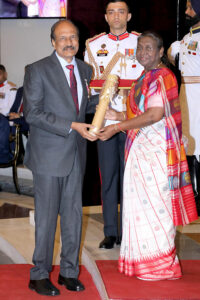
Dr. Meshram (left) receiving the 2024 Padma Shri Award from Droupadi Murmu, the Honorable President of India.
Dr. Meshram is the WFN representative for the Western Pacific region of the World Health Organization. He was co-editor of a special issue of the Journal of Neurological Sciences that focused on tropical neurology. He is a section editor of the Encyclopedia of Neurosciences for the section on bacterial and fungal infections, including tropical diseases, and is assistant editor of the international journal eNeurologicalSci. He also serves on the editorial board of the Journal of Neurosciences. He is a member of the infectious disease panel of the European Academy of Neurology.
Dr. Meshram is passionate about public awareness programs and has promoted them for more than 30 years through meetings, radio talks, television, and newspapers. During his 10 years as a chief coordinator for public health education and awareness activities for IAN, he organized programs throughout the country. He developed and furthered several highly acclaimed programs, including “Music, Masala, and Brain,” a sports meet for people with neurological disorders, and painting competitions for school children to raise awareness about the importance of autism, brain health, CNS tuberculosis, dementia, the environment, epilepsy, headache, multiple sclerosis, Parkinson’s disease, and stroke.
He has published more than 450 newspaper articles for public awareness and contributes regularly to World Neurology. He also published a book containing children’s paintings themed on brain disorders.
Dr. Meshram has received other awards, including the Samman Award, conferred on him by the Indian Income Tax Department. He was presented with the Rashtrasant Tukadoji Maharaj Jeevan Sadhana Award in 2017, the highest honor of Rashtrasant Tukadoji Maharaj Nagpur University. He was nominated as brand ambassador of Nagpur by the Nagpur Municipal Corporation for Swachh Bharat Abhiyan (Clean India Mission). The Indian Medical Association presented him with the Dr. Wankar Gold Medal and Lifetime Achievement Award in 2019.
He is a trustee of Baba Amte’s, Maharogi Sewa Samiti, and Vidarbha Sahitya Sangh, a literary and cultural organization. He is the founder and president of the Samyak Medical Foundation, which provides scholarships to meritorious students from low-income areas encouraging them to pursue a higher education. He is also the founder and president of the Orange City Cultural Foundation and has organized six Orange City international film festivals.
Dr. Meshram has been well supported by his family, colleagues, well-wishers, media, and grateful patients. He has the unconditional support of his loving wife Namrata. The couple is blessed with two sons, Aashay and Aviral. Aashay lives in Vancouver and is excelling in his profession as an animation designer, while Aviral is doing a residency in neurology. Dr. Meshram’s father, Dr. Mahadeorao Meshram, was conferred with the national lifetime achievement award, Vayoshrestha Samman, by the Honorable President of India in 2017, for his outstanding and selfless service for the elderly.
Dr. Meshram richly deserves this Padma Shri award. It will undoubtedly inspire future generations of neurologists and promote the growth of neurology in India and other parts of the world. •
Dr. Gagandeep Singh, DM, FRCP, FAMS, is the past president of the Indian Academy of Neurology
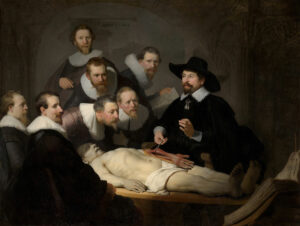
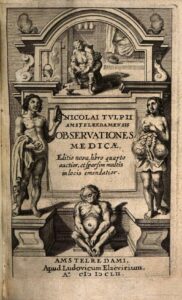
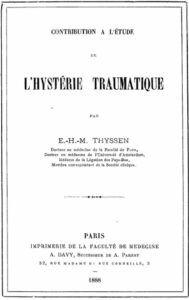
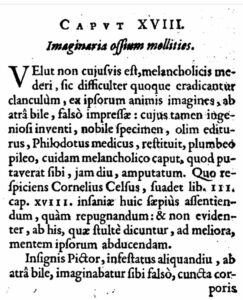
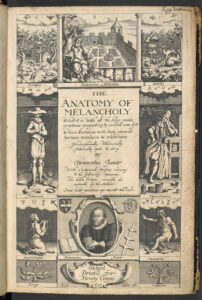


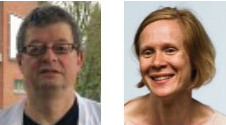
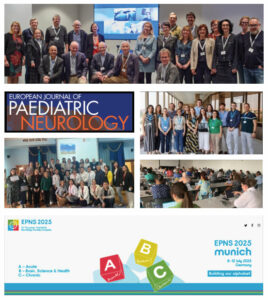 The
The 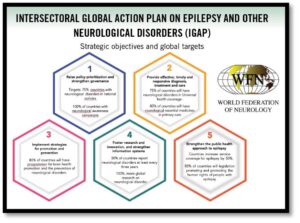 The EPNS strives to foster, expand, and support science and clinical research in child neurology by bringing together the best clinicians and scientists in the field. This includes the society’s flagship
The EPNS strives to foster, expand, and support science and clinical research in child neurology by bringing together the best clinicians and scientists in the field. This includes the society’s flagship  Medications and services can be costly and difficult to obtain for many Honduran patients.
Medications and services can be costly and difficult to obtain for many Honduran patients.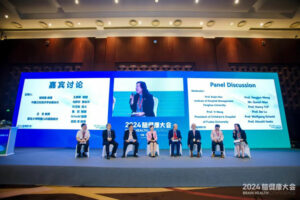 On the occasion of World Brain Day (WBD) 2024, a brain health conference was held July 20-21, 2024, at the China National Convention Center in Beijing. The conference was centered on the theme of “World Brain Day 2024: Brain Health and Prevention.” The goal was to enhance public awareness of brain health, foster scientific advancement in brain health, and prevent and treat significant neurological and psychiatric disorders.
On the occasion of World Brain Day (WBD) 2024, a brain health conference was held July 20-21, 2024, at the China National Convention Center in Beijing. The conference was centered on the theme of “World Brain Day 2024: Brain Health and Prevention.” The goal was to enhance public awareness of brain health, foster scientific advancement in brain health, and prevent and treat significant neurological and psychiatric disorders.